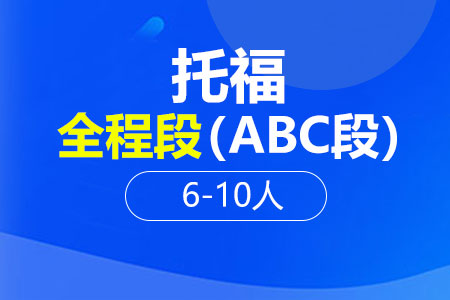托福阅读常考话题及练习题推荐一:苏美尔和埃及(2)
1托福常考话题:苏美尔和埃及
►Paragraph 1: In order to understand ancient Egyptian art, it is vital to know as much as possible of the elite Egyptians' view of the world and the functions and contexts of the art produced for them. Without this knowledge we can appreciate only the formal content of Egyptian art, and we will fail to understand why it was produced or the concepts that shaped it and caused it to adopt its distinctive forms. In fact, a lack of understanding concerning the purposes of Egyptian art has often led it to be compared unfavorably with the art of other cultures: Why did the Egyptians not develop sculpture in which the body turned and twisted through space like classical Greek statuary? Why do the artists seem to get left and right confused? And why did they not discover the geometric perspective as European artists did in the Renaissance? The answer to such questions has nothing to do with a lack of skill or imagination on the part of Egyptian artists and everything to do with the purposes for which they were producing their art.
1. The word “vital” in the passage is closest in meaning to
A. attractive
B. essential
C. usual
D. practical
2. Paragraph 1 suggests that one reason Egyptian art is viewed less favorably than other art is that Egyptian art lacks
A. a realistic sense of human body proportion
B. a focus on distinctive forms of varying sizes
C. the originality of European art
D. the capacity to show the human body in motion
3. In paragraph 1, the author mentions all of the following as necessary in appreciating Egyptian art EXCEPT an understanding of
A. the reasons why the art was made
B. the nature of aristocratic Egyptian beliefs
C. the influences of Egyptian art on later art such as classical Greek art
D. how the art was used
►Paragraph 2: The majority of three-dimensional representations, whether standing, seated, or kneeling, exhibit what is called frontality: they face straight ahead, neither twisting nor turning. When such statues are viewed in isolation, out of their original context and without knowledge of their function, it is easy to criticize them for their rigid attitudes that remained unchanged for three thousand years. Frontality is, however, directly related to the functions of Egyptian statuary and the contexts in which the statues were set up. Statues were created not for their decorative effect but to play a primary role in the cults of the gods, the king, and the dead. They were designed to be put in places where these beings could manifest themselves in order to be the recipients of ritual actions. Thus it made sense to show the statue looking ahead at what was happening in front of it, so that the living performer of the ritual could interact with the divine or deceased recipient. Very often such statues were enclosed in rectangular shrines or wall niches whose only opening was at the front, making it natural for the statue to display frontality. Other statues were designed to be placed within an architectural setting, for instance, in front of the monumental entrance gateways to temples known as pylons, or in pillared courts, where they would be placed against or between pillars: their frontality worked perfectly within the architectural context.
4. According to paragraph 2, why are Egyptian statues portrayed frontality?
A. To create a psychological effect of distance and isolation
B. To allow them to fulfill their important role in ceremonies of Egyptian life
C. To provide a contrast to statues with a decorative function
D. To suggest the rigid, unchanging Egyptian philosophical attitudes
5. The word “context” in the passage is closest in meaning to
A. connection
B. influence
C. environment
D. requirement
6. The author mentions “an architectural setting” in the passage in order to
suggest that architecture was as important as sculpture to Egyptian artists
offer a further explanation for the frontal pose of Egyptian statues
explain how the display of statues replaced other forms of architectural decoration
illustrate the religious function of Egyptian statues
7. The word “they” in the passage refers to
A. statues
B. gateways
C. temples
D. pillared courts








